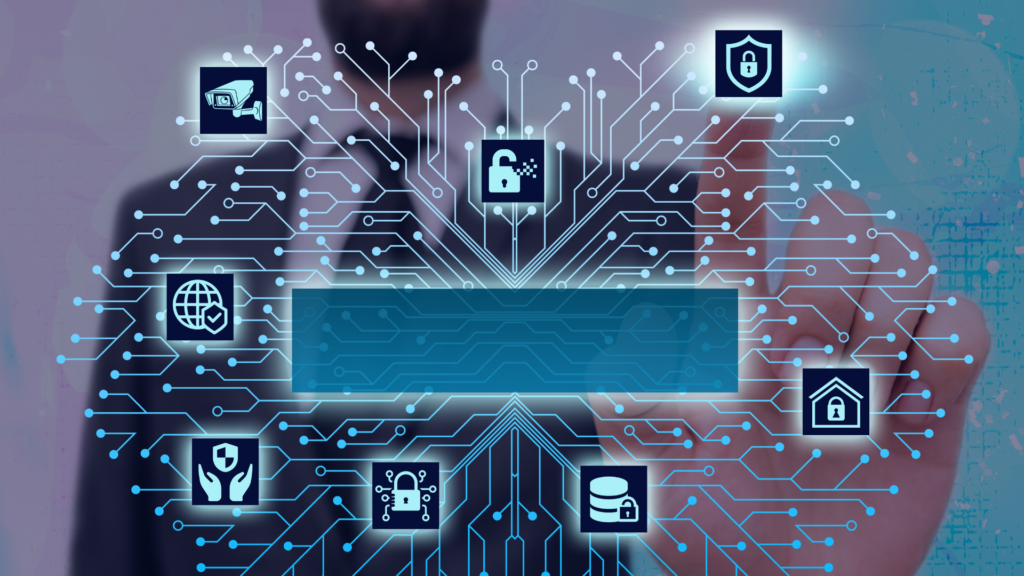
Suspect Deceit, Click on the Delete
Do you recall a day when you did not access your favorite online social media platform? Maybe there was a day when you didn’t access your email? If you answered “no” to both questions, you understand the value of staying connected. Without a doubt, there is just no way to get any work done in the modern world without access to the Internet. This opens up doors for fraudsters, cybercriminals, and data collectors operating on the web. Internet security is becoming more important to almost all individuals, companies, governments, and institutions. The term “cybersecurity” describes the practice of protecting digital assets such servers, mobile devices, computer systems, networks, and data against unauthorized access. Information technology security is another name for cybersecurity. The Sirwiss network of IT infrastructure service providers can offer you with further information on cybersecurity to help you protect your data and avoid downtime, read on.
What Does Cybersecurity Mean?
The term “cybersecurity” refers to the practice of preventing, detecting, and responding to cyber-attacks on all levels of an organization’s information technology infrastructure. These cyberattacks have progressed to a level where they pose a real threat to confidential information. As society grows more reliant on technology, cybercriminals are resorting to more sophisticated forms of assault that use social engineering and artificial intelligence. The increasing number of mobile devices also escalates the risk of data loss or theft. Defending sensitive customer data from hackers requires the assistance of professionals in the field of cybersecurity. An organization’s incident response team might benefit from knowing how a cyberattack falls under the various categories. Consult Sirwiss’ network of IT infrastructure specialists for advice on implementing cybersecurity to secure your network.
Detecting the Signs of a Cyber Attack
The first step is to identify a possible origin for the cyberattack. Employees, both random and malicious hackers all pose a risk. There are several guises that this assault might take. Phishing is a widespread scam, but it’s far from the only one. Ransomware strikes are under the category of less publicized cyberattacks. Ransomware is a kind of malicious software that encrypts user files and demands a ransom in return for their release. Regardless of the attack, constant awareness is crucial. That’s why it’s important to educate workers how to spot and stop cyber-attacks with the help of security measures like firewalls, antivirus software, intrusion detection systems, and data loss prevention programs. When you contact IT infrastructure service providers who are linked with Sirwiss, they will assist you install the relevant anti-virus software for your system and offer you with assistance throughout the process.
It is possible to classify potential cyber threats into one of these three categories.
1. Cybercrime: Individuals or small groups picking on systems for the sole purpose of making money. This is sometimes done on purpose to create trouble. These kinds of behavior are nonetheless very harmful, particularly when they expose individuals or businesses to serious financial danger.
2. Cyberattacks: A cyber-attack is a far more extensive operation. It’s usually connected to dissatisfaction with certain organization’s leadership or the organization’s policy.
3. Cyberterrorism: The ultimate significance of this kind of action is far higher. The intention is to exploit technological means to spread panic or spread terror.
How To Prevent a Cyber-attack?
Preventing cyber-attacks requires both a risk management strategy and the implementation of technology measures. (Data encryption, use of a VPN etc.) Effective security, according to Sirwiss-affiliated IT infrastructure service providers, requires three key elements.
1. Protecting Data
A common cause of data leaks is errors committed by anyone. In order to make sure an individual can access only relevant data; they should only be provided with data that is directly relevant to them. Workstation data should be regularly deleted as part of record retention programs.
2. Always Use Strong Passwords
Strong passwords must be used for every site you visit daily to prevent data breaches. Passwords should also never be shared.
3. Use and Regularly Update Security Software
Installing a firewall, antivirus, and anti-spyware programs is mandatory. This is the holy grail for keeping hackers at bay from critical information. However, make careful to keep them as up to date as possible. Truth be told, the tools used by hackers and cyber pirates are ever evolving, rendering older versions of security software useless in short order.